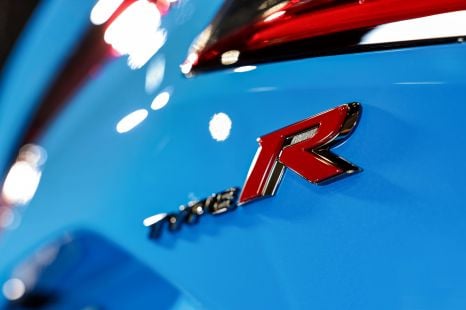

Damion Smy
Honda Prelude Type R ruled out... for now
2 Hours Ago
Western Australia is building the longest “electric highway” in Australia with 90 fast-charging stations connecting Esperance to Kununurra.

News Editor
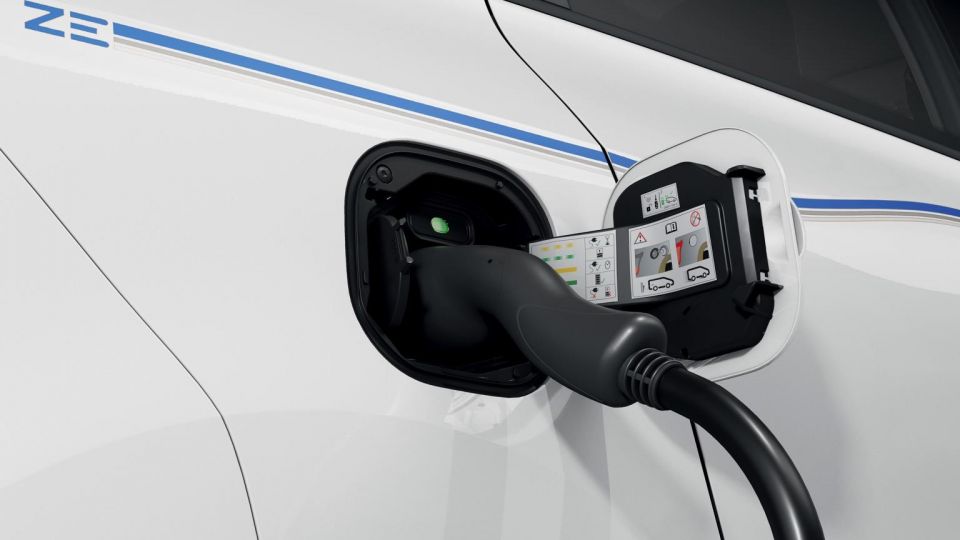

News Editor
You’ll soon be able to drive from the north to the south of Western Australia in an electric car using exclusively fast chargers.
The State Government’s plan calls for 90 fast charging stations and back-up chargers at 45 different locations traversing the state, with an average distance of 160km between stations.
It’s putting a tender out by the end of 2021 and expects the network to be fully operational by January 2024.
The network will stretch north from Kununurra and south to Esperance, with charging stations in Perth and Kalgoorlie, and spans more than 3000km.
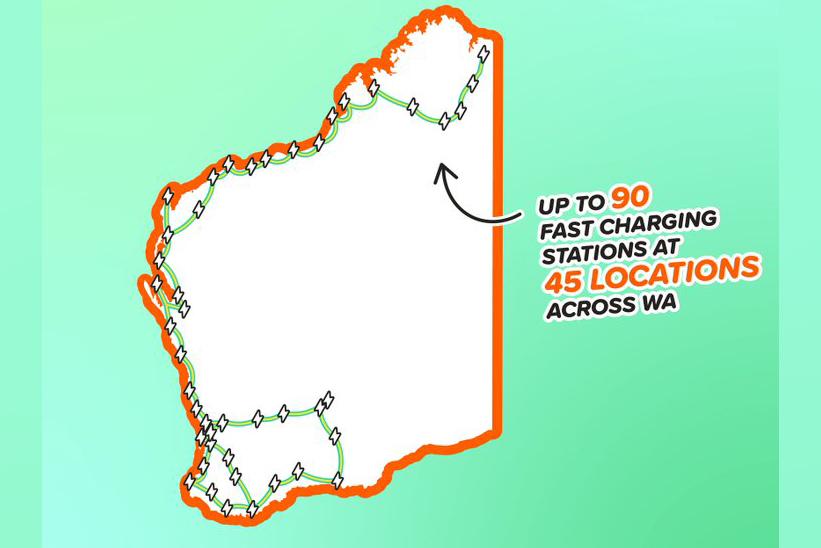
The Government has, in consultation with energy providers, chosen locations to encourage tourists to spend time exploring a regional town, saying the typical charging time allows EV owners time to stop at a local business for lunch or a coffee.
The network is part of the Government’s $21 million Electric Vehicle Fund, which will also involve raising the percentage of new light and small passenger car and small and medium SUV vehicles in the State Government’s fleet to 25 per cent by 2025/26.
“The McGowan Government is preparing for the future, with 20 per cent of new car sales in Australia expected to be electric by 2030,” said Energy Minister Bill Johnston.
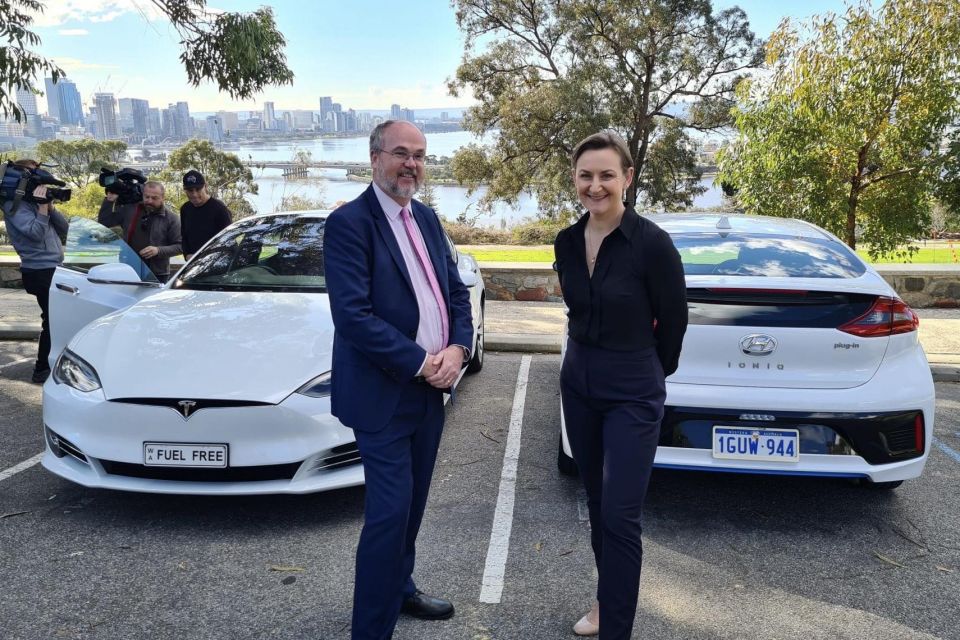
“An electric vehicle charged using the State’s main electricity grid will generate 30 per cent less greenhouse gas emissions than a conventional petrol vehicle.”
Through the Fund, the Government also wants to raise stakeholder awareness and knowledge and develop and update standards and planning approvals.
The Government says the widespread adoption of rooftop solar systems in Western Australia is challenging the stability of the power grid, and says EV adoption could “soak up” some of this excess solar and even put downward pressure on the overall cost of electricity supply.
It does, however, caution that EV charging patterns are hard to predict and could add to peak load.
EVs currently represent just 0.1 per cent of all light vehicles registered in Western Australia, and under one per cent of new car sales.
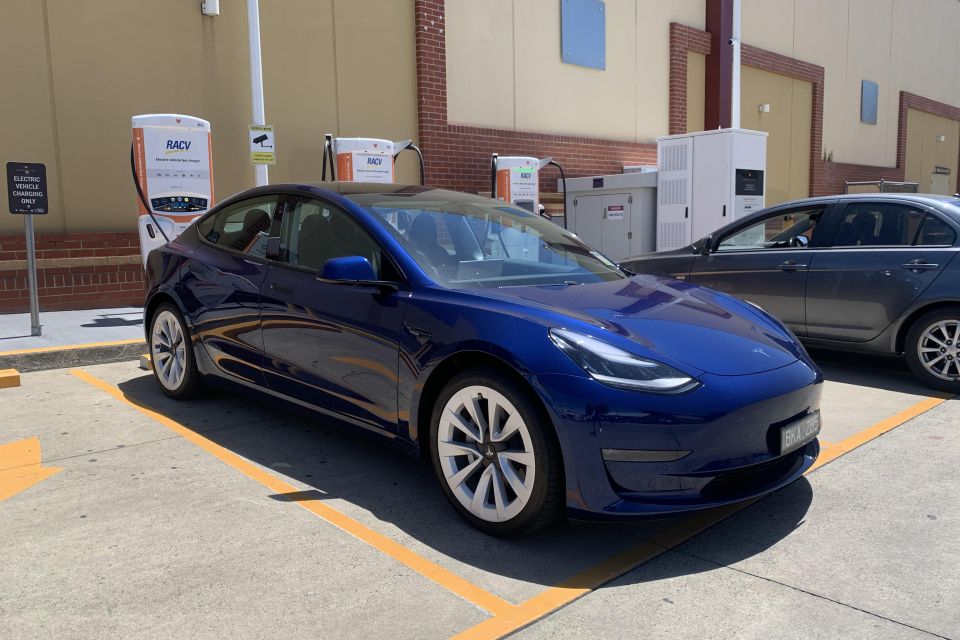
Western Australia isn’t alone in expanding its charging infrastructure.
New South Wales recently announced it will spend $171 million, comprising $131 million for new ultra-fast chargers delivered by the private sector, $20 million in grants for destination chargers to assist regional tourism, and $20 million for charging infrastructure at public transport hubs.
That’s in addition to EV incentives like zero stamp duty on EVs under $78,000 plus 25,000 rebates of $3000 each for EVs under $68,750.
It follows on from a recent NSW announcement of $380 million (2021-22 budget) in funding for electricity infrastructure reform, to bring online 12 gigawatts of renewable energy and two gigawatts of storage by 2030.
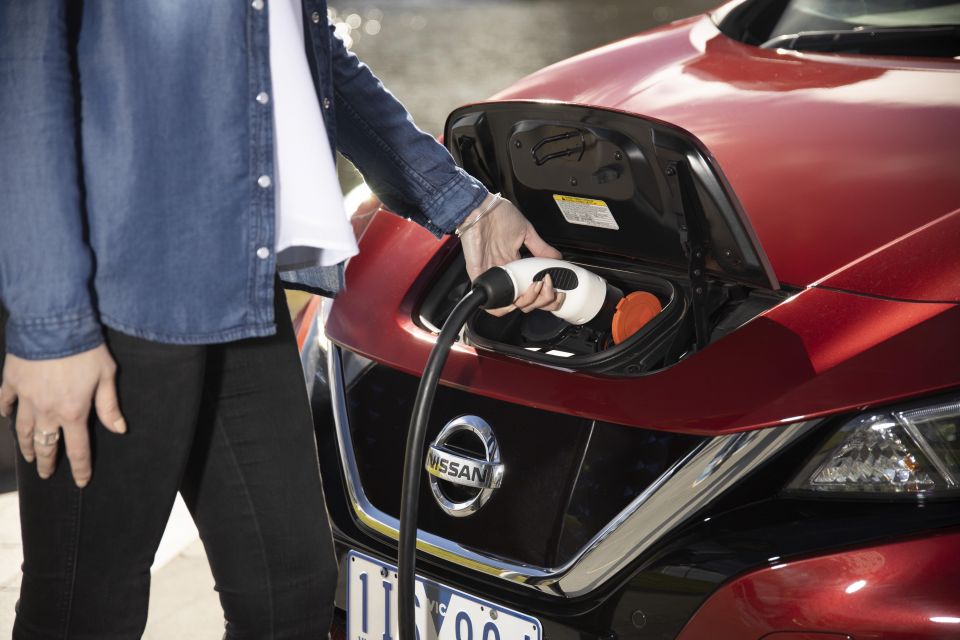
The Australian Capital Territory government is rolling out 50 fast chargers, transitioning its public-servant fleet to EVs, exempting EVs from stamp duty, providing free registration, and giving residents and businesses zero-interest loans up to $15,000 to invest in EVs.
Australia’s second most-populous state, Victoria, plans on taking with one hand and giving with another. Its government has legislated a mileage tax on EVs but also announced a $3000 purchase subsidy and pledged to buy 400 EVs for its fleet by 2023.
William Stopford is an automotive journalist with a passion for mainstream cars, automotive history and overseas auto markets.


Damion Smy
2 Hours Ago


Damion Smy
4 Hours Ago


Damion Smy
5 Hours Ago


Matt Robinson
8 Hours Ago


Damion Smy
8 Hours Ago


Damion Smy
22 Hours Ago